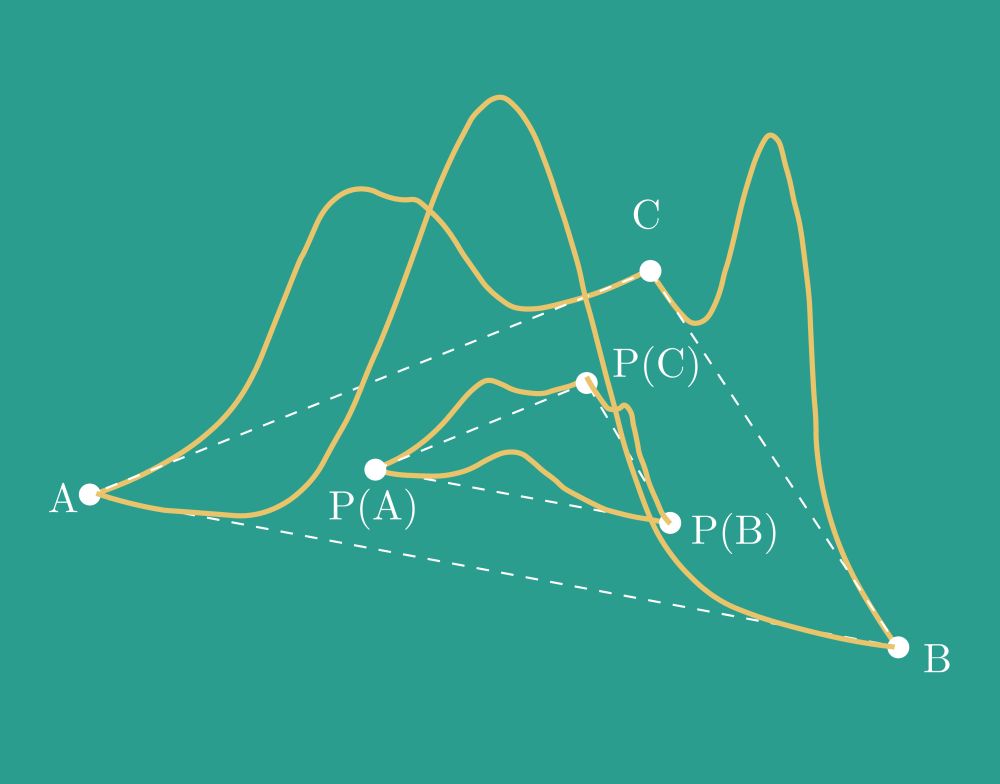Donato Crisostomi ✈️ NeurIPS
@crisostomi.bsky.social
62 followers
150 following
15 posts
🧑🎓 PhD stud. @ Sapienza, Rome
🥷stealth-mode CEO
🔬prev visiting @ Cambridge | RS intern @ Amazon Search | RS intern @ Alexa.
🆓 time 🎭improv theater, 🤿scuba diving, ⛰️hiking
Posts
Media
Videos
Starter Packs












